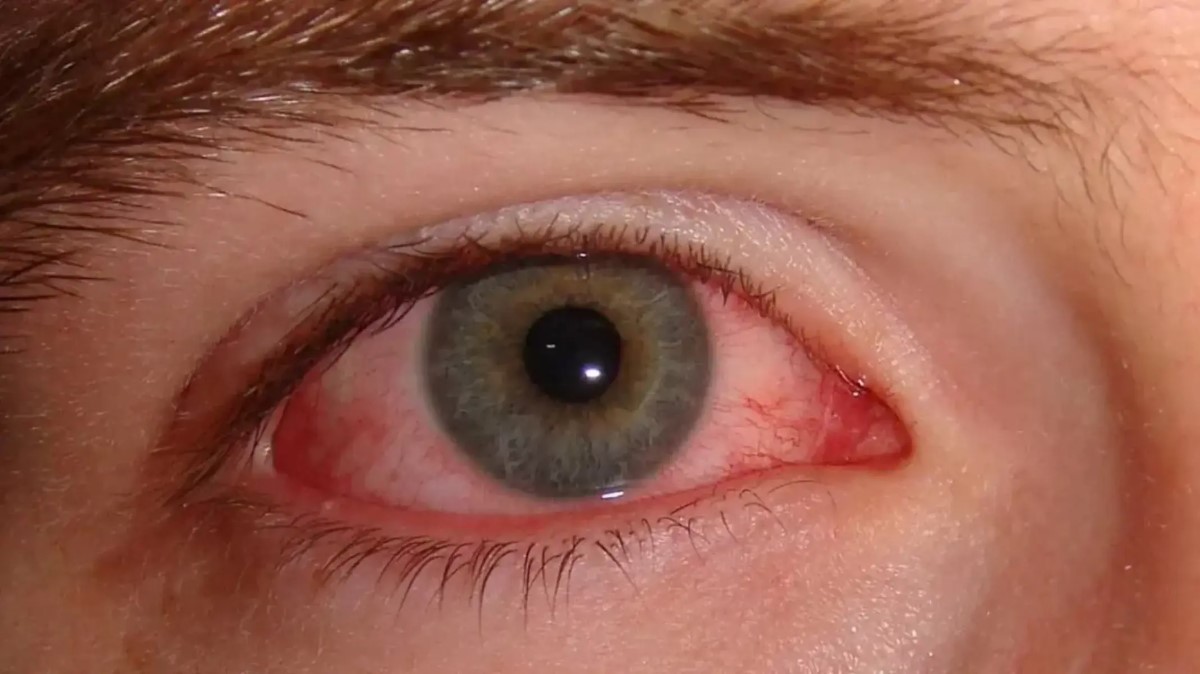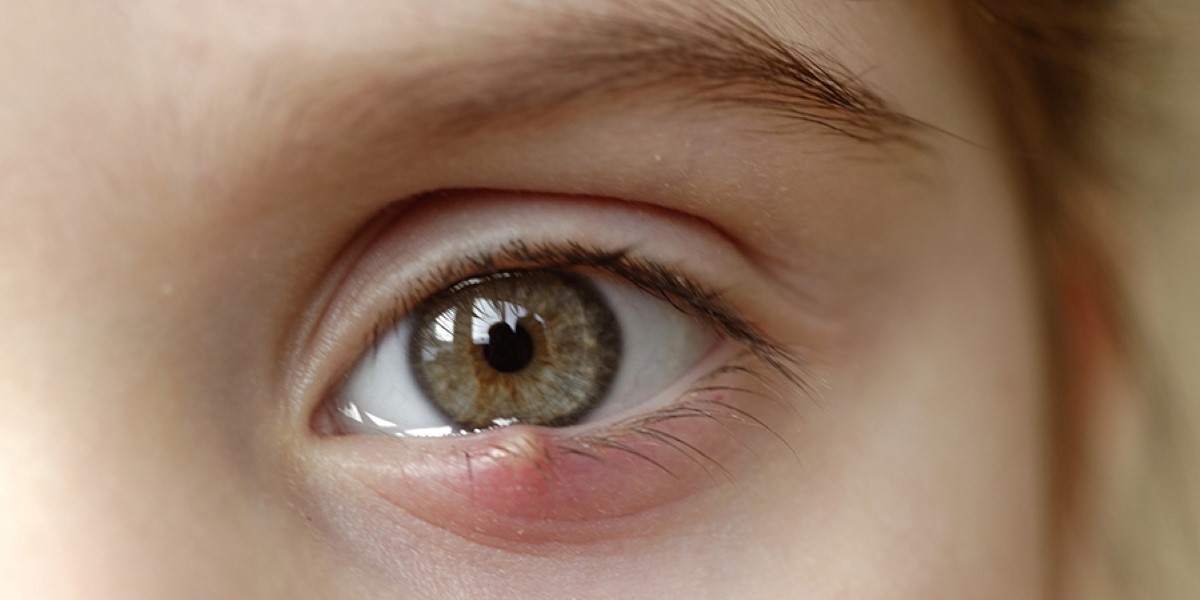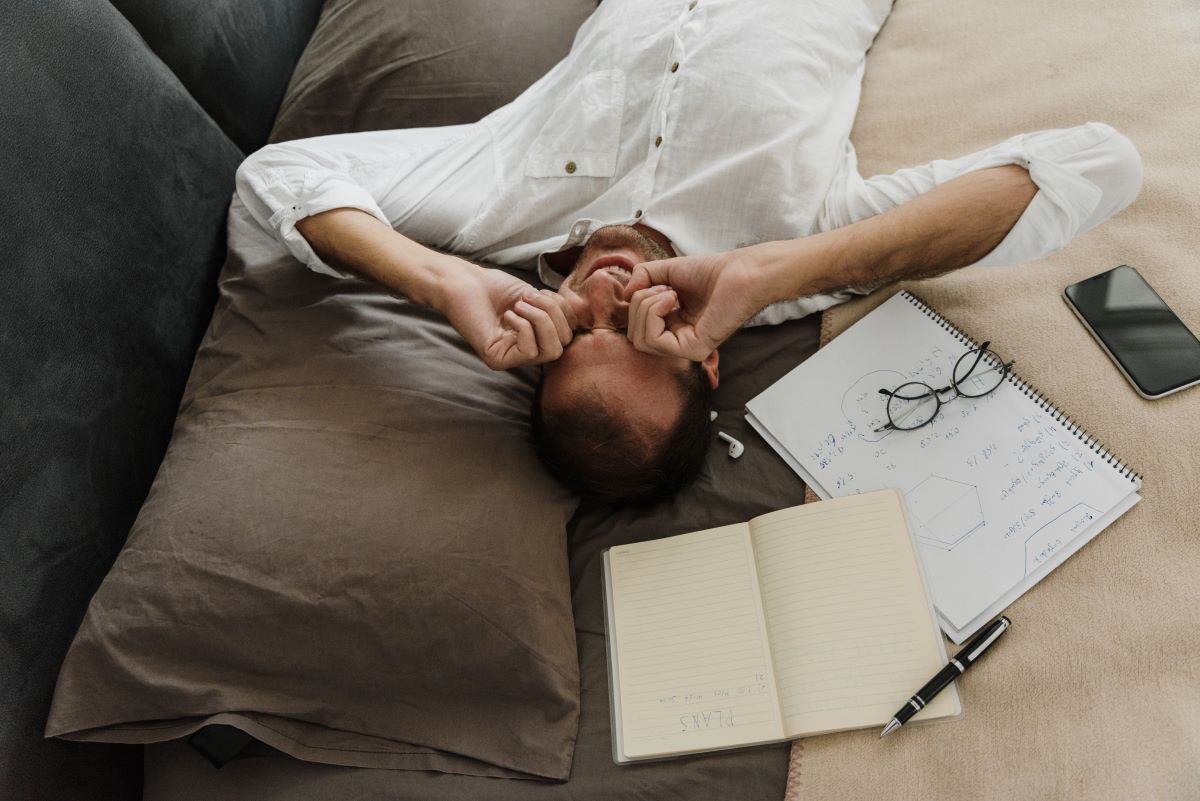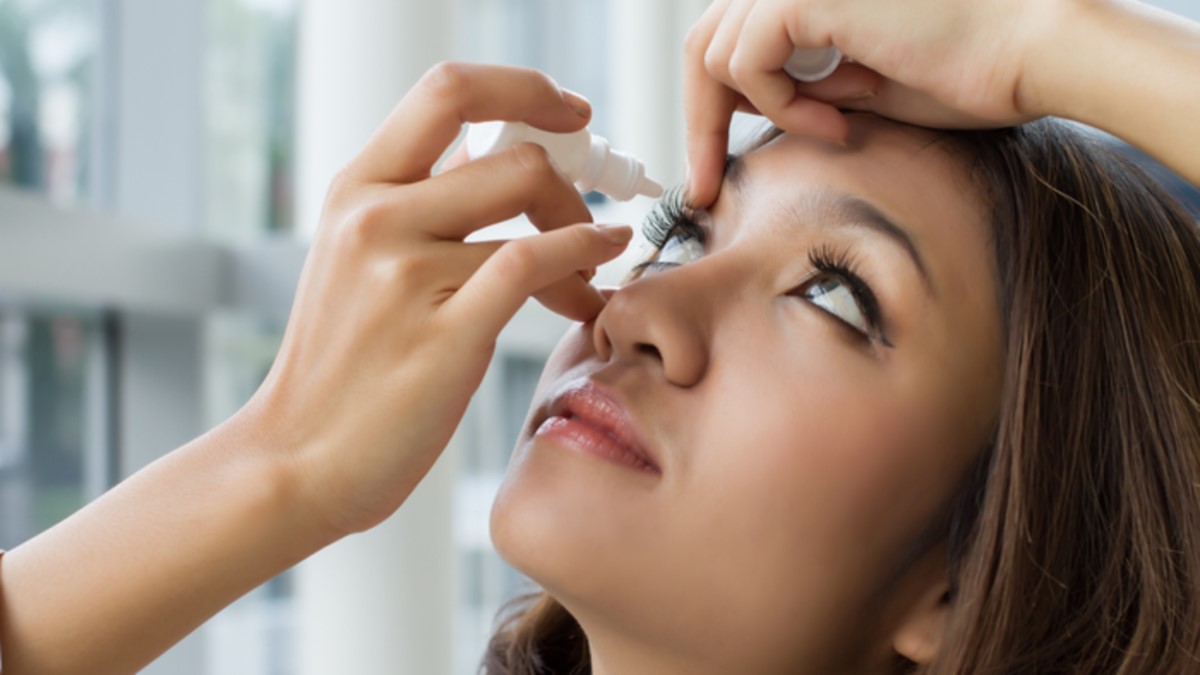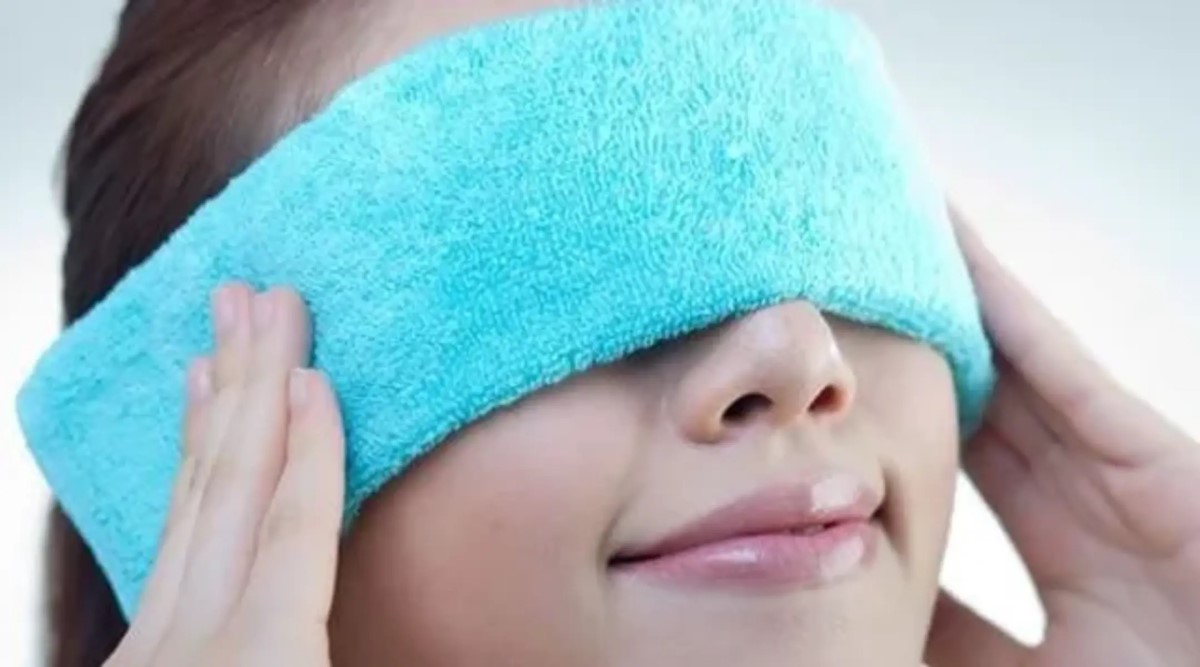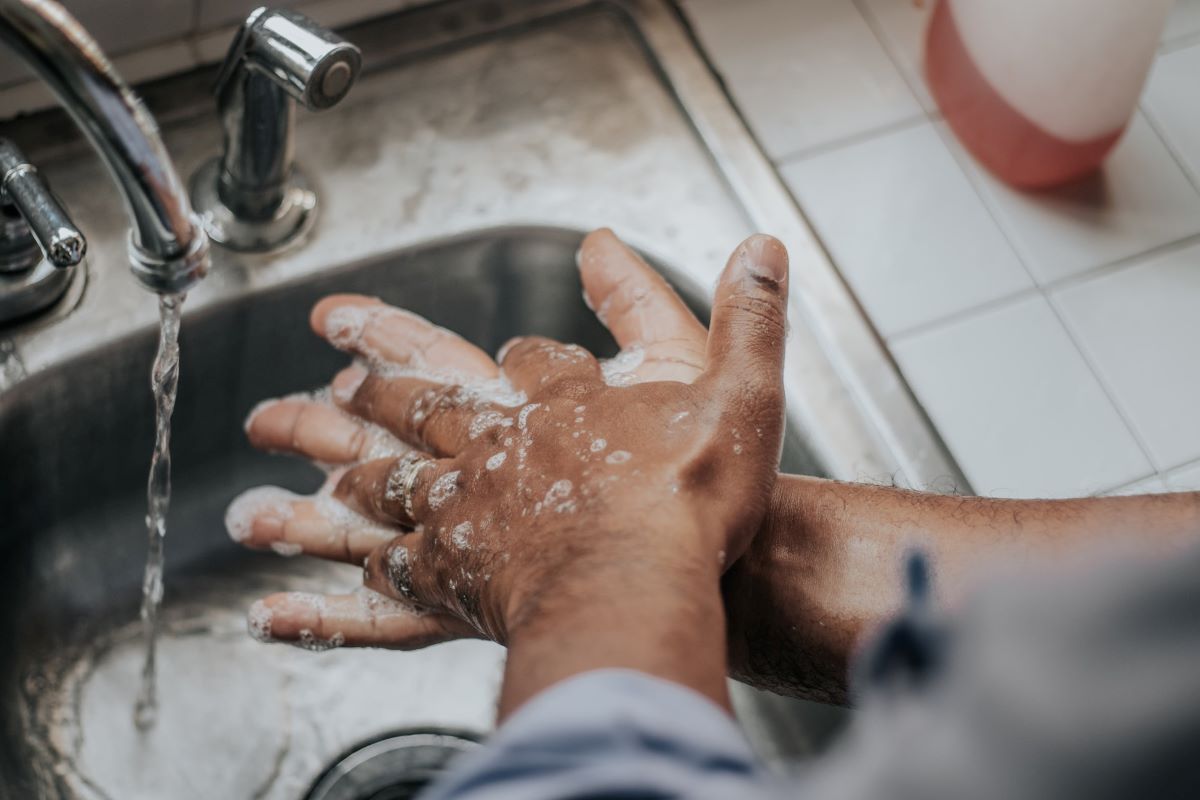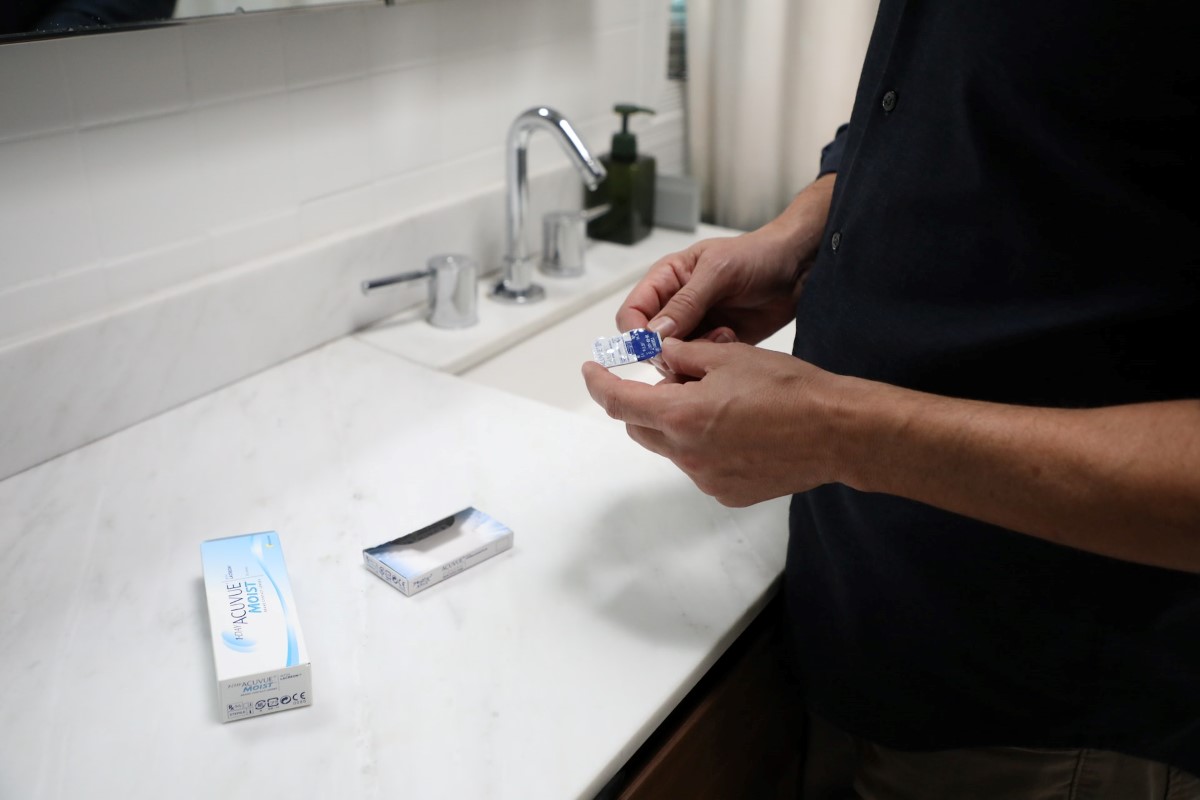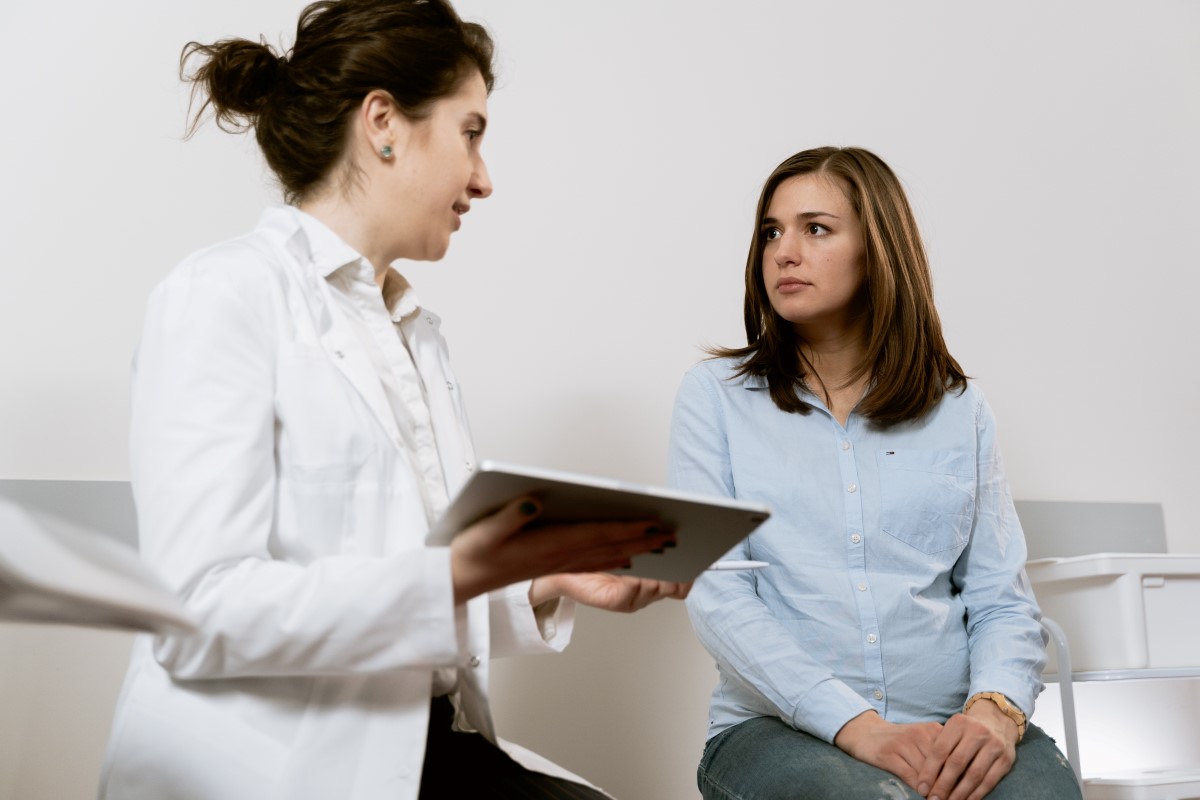Pink Eye vs. Stye: What’s the Difference?
Pink eye and styes are sometimes mistaken for one another because they’re somewhat similar. However, the causes are different and need the correct treatment to cure. If you’re feeling a bit freaked out by an eye bump right now, we can help you.
This article will discuss the difference between two pesky yet common eye conditions: pink eye and styes. Let’s spot the signs and symptoms of each, what causes them, and how to treat them.
What makes pink eye and a stye different?
At first glance, pink eye and styes are similar. Both can cause redness, watering eyes, and itching. However, the two have fundamental differences that can help you determine which one you’re handling.
Pink eye is typically caused by a viral or bacterial infection, whereas a stye is due to an infected hair follicle or oil gland in your eyelid. The former is also highly contagious, while the latter is not.
Pink eye often results in redness and swelling of the eye and surrounding area. In contrast, a stye typically presents as a small, red, and painful bump on the edge of your eyelid.
Symptoms of pink eye and stye
Pink eye symptoms
Pink eye (or conjunctivitis) typically causes redness of the eye and surrounding area. The infection generally comes with watery or mucosal discharge from the eye. Other symptoms include itching, burning, a stinging sensation in the eye, sensitivity to light, and blurred vision. Swelling of the eyelids and crusting of the eyelashes are also typical.
Stye symptoms
A stye (or hordeolum) usually comes as a red, tender, and painful bump or lump on the eyelid. Eye swelling and discomfort may occur when blinking or touching the affected area. You may also experience crusting along the eyelid margin, eye tearing, and light sensitivity.
What causes pink eye and stye?
The main difference between pink eye and styes is the location of the infection or inflammation. Let’s examine the differences in closer detail.
Possible causes of pink eye
Pink eye is due to viral or bacterial infections,[1] which are highly infectious and can quickly spread through contact.
There are several possible reasons for pink eye, including;
- Some allergic reactions to pollen, dust, or animal dander.
- Irritants like smoke, chemicals, or fumes.
- Wearing contact lenses for an extended period without proper cleaning.
Possible causes of stye
Styes is generally an effect of bacterial infections, particularly by Staphylococcus aureus.[2] Poor hygiene practices such as touching or rubbing eyes with dirty hands and using contaminated makeup or cosmetics are some common causes. Stress [4] can weaken the immune system and increase the risk of getting styes.
Hormonal changes can cause your body to produce more oil, increasing your risk of developing a stye. Other factors that can lead to clogging of the oil glands include certain medical conditions like blepharitis and rosacea.[3]
The different treatments of pink eye and stye
You can treat pink eye and styes with medications or home remedies. However, seeing a healthcare provider if symptoms persist or worsen is essential.
Properly treating pink eye
The treatment for pink eye will depend on the underlying cause:
- Viral conjunctivitisStyes usually clear up within 7-14 days and can be managed with over-the-counter eye drops and cold compresses.
- Bacterial conjunctivitisAntibiotic eye drops or ointments prescribed by a doctor can treat styes caused by bacterial infections. They typically clear up within 1-2 weeks.
- Allergic conjunctivitisUsing antihistamines, eye drops and avoiding the allergens that trigger the reaction can help prevent future flare-ups.
- Irritant conjunctivitisStyes can be managed by avoiding the irritant and using cold compresses and artificial tears.
Most cases of pink eye will clear up within 1-2 weeks with proper treatment. However, it’s essential to follow your doctor’s instructions and complete the entire course of medication, even if your symptoms improve before you finish.
Properly treating a stye
For mild styes, warm compresses can help reduce swelling and heal the stye within several days to a week. For styes caused by bacterial infections, a doctor may prescribe antibiotics to improve symptoms within a few days.
A doctor may need to perform incisions and drainage for more severe cases. This process may take you up to a week to fully recover.
Preventing pink eye and stye
Preventing pink eye and styes is vital to avoid the discomfort and inconvenience that these conditions can cause. Here are some tips for preventing:
How to prevent pink eye
- Practice good hygieneFrequent hand washing with soap and water is advisable, particularly before touching your eyes. Avoid sharing towels, washcloths, eye makeup, or contact lenses with others to minimize the risk of infection.
- Avoid touching or rubbing your eyesTouching or rubbing your eyes can introduce bacteria and other irritants into the eye area and increase the risk of infection.
- Clean your surroundingsRegularly disinfect surfaces such as doorknobs, countertops, and shared equipment.
- Protect your eyesWear safety glasses or goggles to shield your eyes from dust, chemicals, and foreign objects.
Keep your contact lenses clean: Follow proper hygiene and care instructions for your contact lenses, including washing your hands before handling them, cleaning them regularly with appropriate solutions, and replacing them as recommended by your eye doctor.
How to prevent a stye
- Practice good hygieneJust like preventing pink eye, wash your hands with soap and water—especially before touching your eyes or applying eye makeup.
- Use clean eye makeupUse fresh eye makeup and replace it regularly, especially mascara and eyeliner, which can harbor bacteria.
- Avoid sharing personal itemsAvoid sharing towels, washcloths, eye makeup, or contact lenses with others to reduce the spread of bacteria and other irritants.
- Keep your contact lenses cleanFollow proper hygiene and care instructions for your contact lenses, including washing your hands before handling them, cleaning them regularly with appropriate solutions, and replacing them as recommended by your eye doctor.
- Manage underlying medical conditionsSome conditions can increase the risk of developing styes, such as blepharitis, rosacea, or meibomian gland dysfunction.
When to see a doctor about pink eye or stye
For pink eye, if your symptoms do not improve within 48-72 hours of starting a treatment or if they get worse, you should see a doctor.
Other symptoms to note are if you have severe pain, sensitivity to light, or vision changes, you should seek medical attention immediately. If your immune system is compromised from underlying medical conditions such as HIV, cancer, or diabetes, you should see a doctor to prevent serious complications.
If your stye doesn’t heal within a few days, increases in size, or causes more pain, it is important to seek immediate medical attention. If you have recurrent styes, you should see a doctor to identify and diagnose the underlying cause to prevent future styes.
Know the difference, get proper treatment
Pink eye and styes can be uncomfortable and even painful, but knowing the symptoms and causes can help you take steps to prevent and treat them. Following good hygiene practices, protecting your eyes, and seeking medical attention can reduce your risk of developing these eye infections.
Additionally, keeping your glasses clean is another essential step in protecting your eyes from harmful bacteria and germs. To help you with this, try this homemade eyeglass cleaner recipe that will only take a few minutes to make.
Knowledge is the best defense against and treatment for pink eye and styes. Taking proactive steps to protect your eyes and seeking medical attention can help keep your eyes healthy and free from infection.
References
- “Pink eye (conjunctivitis)”, Mayo Clinic.
- “Hordeolum (Stye)”, John Hopkins Medicine.
- “Blepharitis And Ocular Rosacea”, The Dry Eye Treatment Center.
- “Is There a Connection Between Styes and Stress?”, Healthline.

Written by:
Angie Garcia











